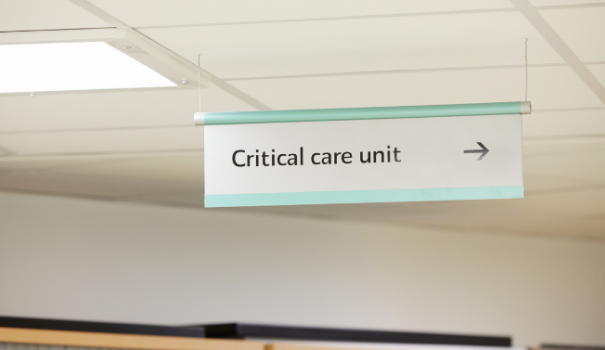
UTILITY OF HYDROGEN PEROXIDE DISINFECTION IN DECREASING PATHOGENS IN A CRITICAL CARE ENVIRONMENT
668: UTILITY OF HYDROGEN PEROXIDE DISINFECTION IN DECREASING PATHOGENS IN A CRITICAL CARE ENVIRONMENT
Of note: Abstract of this study will be presented at the 51st Critical Care Congress/Society of Critical Care Congress on April 18, 2022
Introduction: Environmental surfaces impact pathogen transmission and thus hospital acquired infections. This underscores the need for high-level disinfection, especially considering the vulnerability of critical care patients and the risks posed by multi-drug resistant organisms (MDRO). Enhanced cleaning practices employed by hospitals for environmental disinfection are not all equal. For this investigation, a hydrogen peroxide disinfection system was chosen due to its EPA approval against SARS-CoV-2 and its sporicidal efficacy. This study sought to evaluate the efficacy/feasibility of a hybrid form of hydrogen peroxide (HHP fogging) compared to current disinfection practices (standard cleaning and enhanced UV-light cleaning) in a critical care setting.
Methods: From Dec ‘20-Jun ‘21 data were collected in 17 critical care patient rooms post-discharge. Samples were collected to evaluate HHP fogging versus standard and enhanced cleaning. Sampling followed each intervention: post-EVS standard cleaning, post-enhanced cleaning with UV-light, and post HHP fogging following standard/enhanced practices. Five preset high touch patient room locations were swabbed for aerobic colony counts (ACC) and enumerated for MDRO presence: toilet, phone, bed rail, touchscreen, sink countertop. Measurements included quantitative and qualitative counts (ACC, adenosine triphosphate (ATP) swabs - measured in relative light units,RLU), hydrogen peroxide chemical indicators, and bacterial spore biological indicators(BIs, Geobacillus stearothermophilus).
Results: No difference was seen between standard cleaning and enhanced cleaning with UV light (mean ACC 7.16 and 6.35, respectively;p=0.186). HHP fogging reduced present ACC levels by 98% beyond current EVS post-discharge cleaning practices (mean ACC 0.137, p< 0.0001). MRSA instances were observed after standard and enhanced cleaning with UV light (mean ACC 0.178), no MRSA was detected after HHP fogging. ATP results showed an average 88% reduction post HHP fogging (mean RLU: post cleaning=9012, post HHP fogging=1109;p=0.014) and BIs confirmed a 6-log bacterial spore efficacy.
Conclusion: HHP fogging resulted in successful elimination of MDROs and reduction in aerobic colony counts versus standard and UV-light cleaning. Deployment of HHP fogging is feasible and safe in a critical care setting.
Bigham, Michael1; Hislop, Meaghan2; Lapolla, Brian3; Bair, Tina3; Grinstead, Frances4; Khandelwal, Anjay3
Copyright © 2021 by the Society of Critical Care Medicine and Wolters Kluwer Health, Inc. All Rights Reserved.